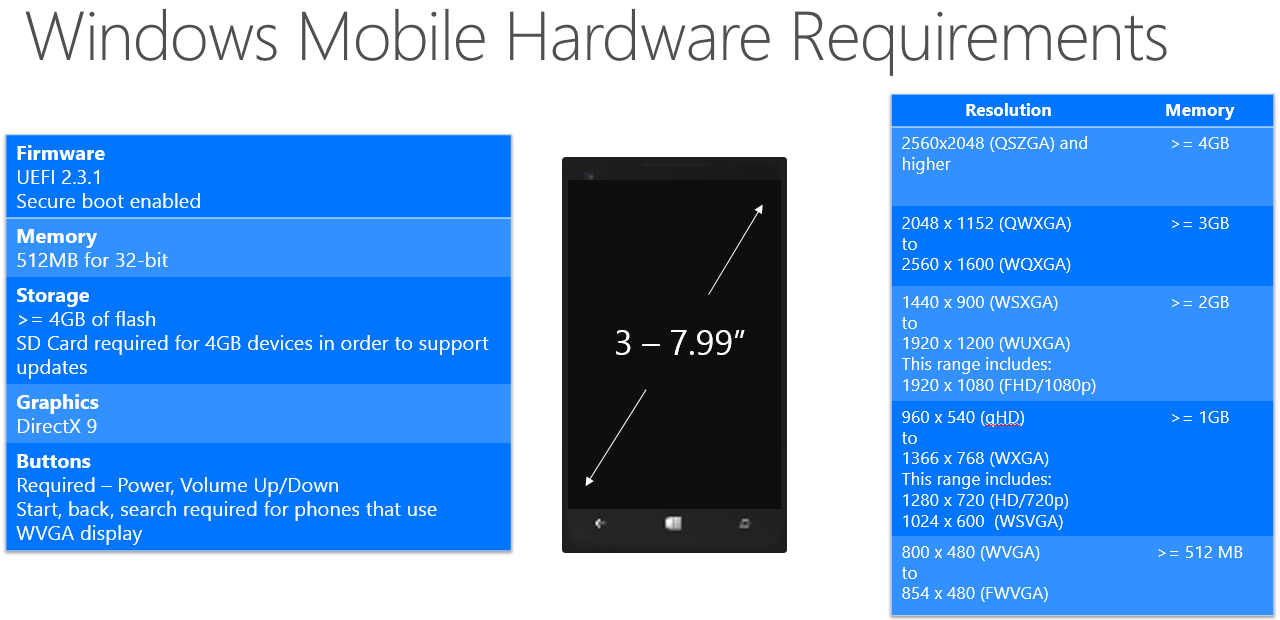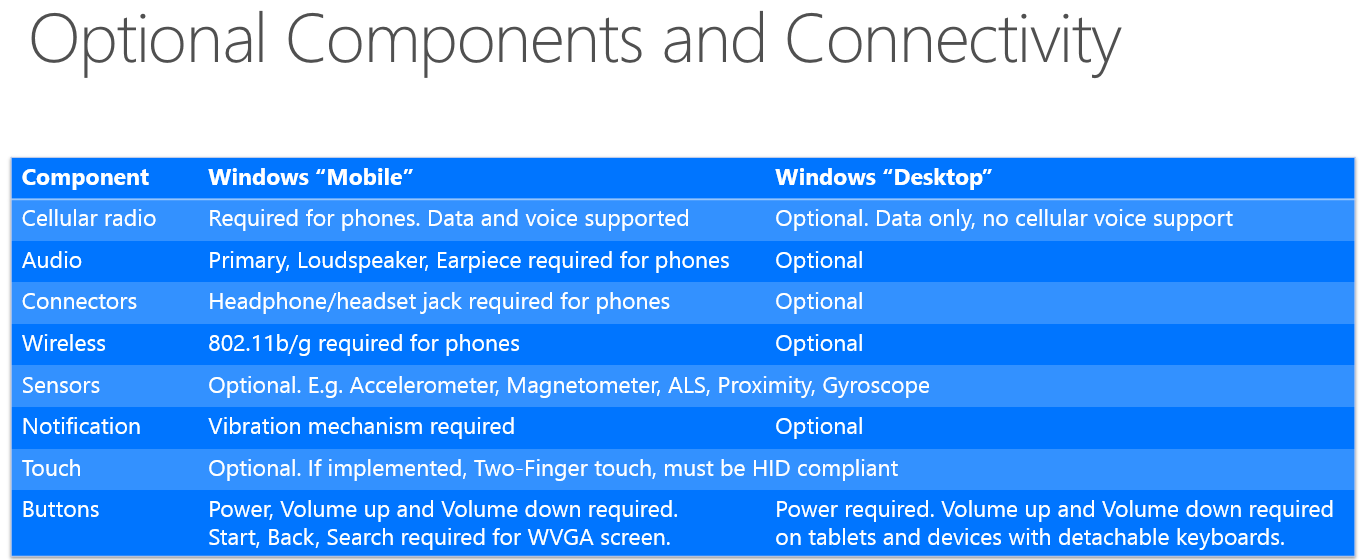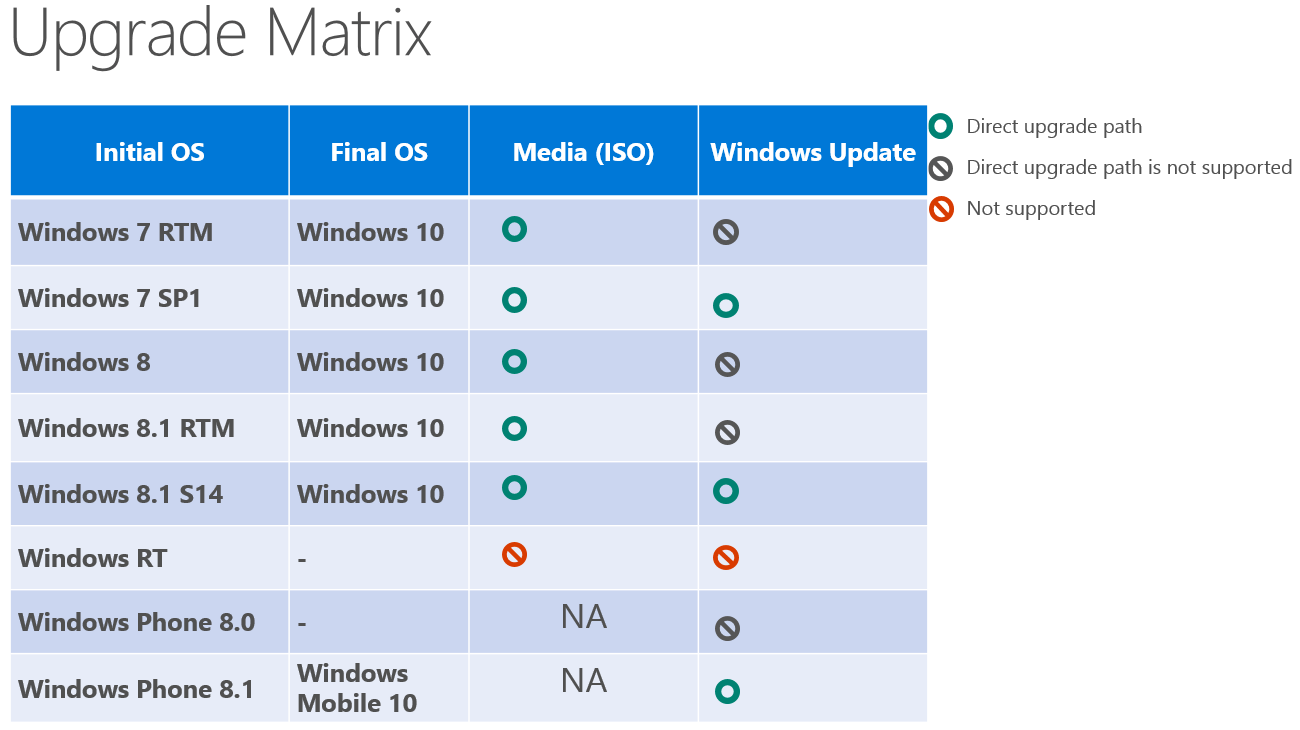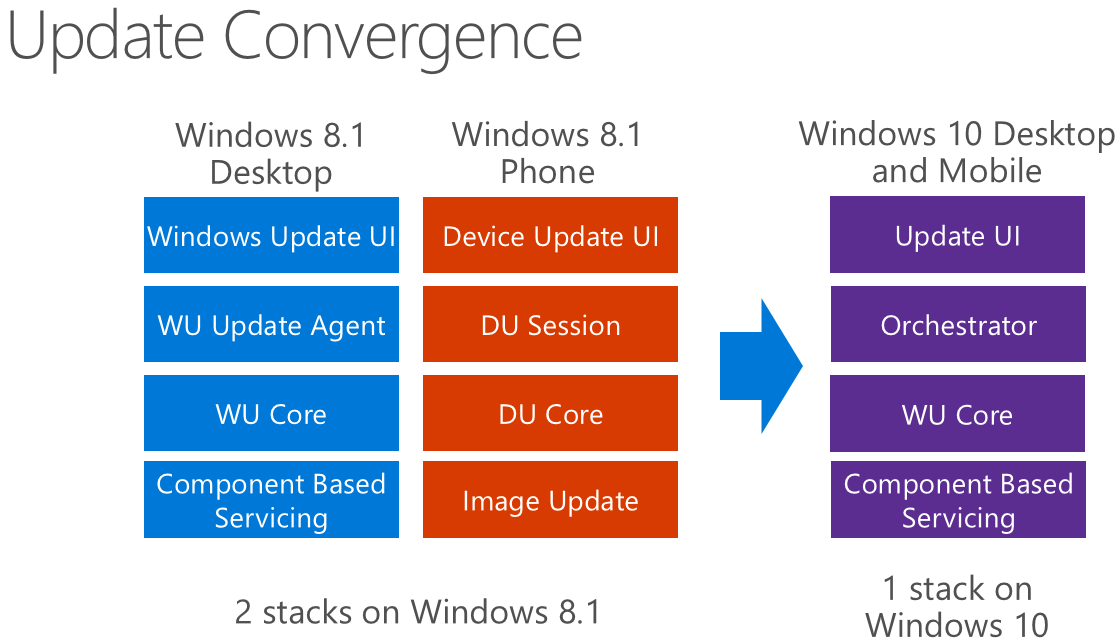Archive for June 2015
How to set up a call centre
Call centres have had a bad press lately but don't have to be
separate buildings. A few software changes can greatly improve the
functionality of the PBX. Call Centres don’t have to be hugely complex, massively staffed
affairs, with warehouses full of rows of people at desks. Think about your own
internal IT help desk, or your company’s customer service department, with a
few hunt groups programmed into the PBX.Call Centre — or Contact Centre, if you include communication via
email, or the Web — technology can be scaled down enough in both complexity and
cost to be useful in a wide range of scenarios. Here we’ll look at the sorts of
things you can get so you can decide if it would benefit your business.
Call Centre attributes
If you want a full-blown ‘multi-channel’ system whereby people can get in touch
via email or web front ends, as well as speech, then you’re looking at the more
expensive Contact Centre systems. But if you’re happy to work through phone
calls, then a Call Centre can still offer a pretty wide choice of options.
ACD handles how calls are routed to Call Centre agents — typically you’d have
workflow scripts that tell the system which group of people to direct the call
to, based on certain information. This could include Caller ID (you might have
different people handling internal and external calls, for instance), called
number (so you can publish different numbers for different product ranges
you’re selling, maybe), time of day and information that has been entered via
the telephone keypad.
The IVR part allows you to collect information
from callers to use to direct calls, so that a caller can select whether
they’re an existing customer querying the status of an order, or a new customer
wishing to place one. You can also use this to provide recorded announcements.
These can be the usual static ‘please hold’ type messages, or, better, a
dynamic message that advises of your place in a queue, for instance, or the
estimated waiting time, to improve customer satisfaction.
When a call is passed to an agent, they should be presented with any
information that has been collected along the way, such as caller ID, anything
entered by the keypad, how long the call has been waiting, and whether this
call has already been dealt with by anyone else —and any notes that might have
been made already. Links to back end databases will be variable in their levels
of integration, but some form of CTI will be essential.
The two main
parts to a Call Centre are its ACD (Automatic Call Distribution) and IVR
(Intelligent Voice Recognition — although in this instant that can be a bit of
a misnomer since it tends to be DTMF tones from your keypad rather than your
voice that is recognised in many of the smaller Call Centres) functions. There
will also be some form of CTI, though again this is more limited than in the
larger Contact Centres.ACDSkills-based routing isn’t something you used to get with smaller
systems, but it’s now becoming more common. This can be used in conjunction
with the other routing information to get the call to the best person first
time, to save having to transfer a caller round various agents. If you have
international sites, you could use the CLI to direct calls to someone who
speaks the same language as the caller, for instance.
You should also be able to choose, within a group of agents, who
gets the next calls, whether it’s a circular hunt group arrangement, or new
calls go to the person who’s been idle longest. And a useful option, if you can
get it, is the ability to allow for a call wrap-up time, so that the agent has
a few moments to finish writing up any notes once a call’s completed before
being connected to a new caller.IVR
Agent featuresTypical features you should be looking for are the ability for
agents to communicate via instant messaging while on a call, if they need
assistance (this is particularly useful for the training of new staff), being
able to record calls, easily log into and out of the system, and also
temporarily make themselves unavailable for new calls if required without
having to actually log out.
Usually, the agent software will be PC-based, but you may be able
to use phone handsets, albeit with a probable reduced functionality. It’s
important that the software is usable — you should involve a representative
from what will be your Call Centre to tell you if the fancy software that seems
to do everything you think they need will actually work in their environment
without them having to change too many processes.
Supervisor features should include the ability to monitor calls
silently or barge in. Being able to broadcast messages to a group of agents can
also be important. The main focus for the supervisors, though, will be the
statistics they can get — reporting on wait times, call durations and agent
activity is the one big ‘must have’ for a Call Centre and the easiest way for
you to manage it is to allow supervisors to customise their own reports, so
they don’t have to ask you to do it.
Call centres have had a bad press lately but don't have to be separate buildings. A few software changes can greatly improve the functionality of the PBX. Call Centres don’t have to be hugely complex, massively staffed affairs, with warehouses full of rows of people at desks. Think about your own internal IT help desk, or your company’s customer service department, with a few hunt groups programmed into the PBX.Call Centre — or Contact Centre, if you include communication via email, or the Web — technology can be scaled down enough in both complexity and cost to be useful in a wide range of scenarios. Here we’ll look at the sorts of things you can get so you can decide if it would benefit your business.
Call Centre attributes If you want a full-blown ‘multi-channel’ system whereby people can get in touch via email or web front ends, as well as speech, then you’re looking at the more expensive Contact Centre systems. But if you’re happy to work through phone calls, then a Call Centre can still offer a pretty wide choice of options.
ACD handles how calls are routed to Call Centre agents — typically you’d have workflow scripts that tell the system which group of people to direct the call to, based on certain information. This could include Caller ID (you might have different people handling internal and external calls, for instance), called number (so you can publish different numbers for different product ranges you’re selling, maybe), time of day and information that has been entered via the telephone keypad.
The IVR part allows you to collect information from callers to use to direct calls, so that a caller can select whether they’re an existing customer querying the status of an order, or a new customer wishing to place one. You can also use this to provide recorded announcements. These can be the usual static ‘please hold’ type messages, or, better, a dynamic message that advises of your place in a queue, for instance, or the estimated waiting time, to improve customer satisfaction.
When a call is passed to an agent, they should be presented with any information that has been collected along the way, such as caller ID, anything entered by the keypad, how long the call has been waiting, and whether this call has already been dealt with by anyone else —and any notes that might have been made already. Links to back end databases will be variable in their levels of integration, but some form of CTI will be essential.
The two main parts to a Call Centre are its ACD (Automatic Call Distribution) and IVR (Intelligent Voice Recognition — although in this instant that can be a bit of a misnomer since it tends to be DTMF tones from your keypad rather than your voice that is recognised in many of the smaller Call Centres) functions. There will also be some form of CTI, though again this is more limited than in the larger Contact Centres.ACDSkills-based routing isn’t something you used to get with smaller systems, but it’s now becoming more common. This can be used in conjunction with the other routing information to get the call to the best person first time, to save having to transfer a caller round various agents. If you have international sites, you could use the CLI to direct calls to someone who speaks the same language as the caller, for instance.
You should also be able to choose, within a group of agents, who gets the next calls, whether it’s a circular hunt group arrangement, or new calls go to the person who’s been idle longest. And a useful option, if you can get it, is the ability to allow for a call wrap-up time, so that the agent has a few moments to finish writing up any notes once a call’s completed before being connected to a new caller.IVR
Agent featuresTypical features you should be looking for are the ability for agents to communicate via instant messaging while on a call, if they need assistance (this is particularly useful for the training of new staff), being able to record calls, easily log into and out of the system, and also temporarily make themselves unavailable for new calls if required without having to actually log out.
Usually, the agent software will be PC-based, but you may be able to use phone handsets, albeit with a probable reduced functionality. It’s important that the software is usable — you should involve a representative from what will be your Call Centre to tell you if the fancy software that seems to do everything you think they need will actually work in their environment without them having to change too many processes.
Supervisor features should include the ability to monitor calls silently or barge in. Being able to broadcast messages to a group of agents can also be important. The main focus for the supervisors, though, will be the statistics they can get — reporting on wait times, call durations and agent activity is the one big ‘must have’ for a Call Centre and the easiest way for you to manage it is to allow supervisors to customise their own reports, so they don’t have to ask you to do it.
Tuesday, June 23, 2015
Windows 10 Hardware Requirements and Upgrade Paths
Windows 10 Hardware Requirements and Upgrade Paths
It was expected that Windows 10 wouldn’t arrive till October. Defying the expectations, Microsoft made an official announcement of the upcoming launch of Windows 10. This happened at the Windows Hardware Engineering Community (WinHEC) summit in Shenzhen, China.
The software giant has given an official date. The most advanced and complete Windows OS will be released in 190 countries and 111 languages.
Take a look at the hardware requirements and the upgrade paths for Windows 10:
Hardware requirements:
1. Desktop requirements:
- Processor: 1 gigahertz (GHz) or faster
- RAM: 1 gigabyte (GB) (32-bit) or 2 GB (64-bit)
- Free hard disk space: 16 GB
- Graphics card: Microsoft DirectX 9 graphics device with WDDM driver
- A Microsoft account and Internet access
2. Mobile requirements:
- RAM:512 megabyte (GB) (32-bit)
- Storage: 4GB of flash
- Graphics card: Microsoft DirectX 9 graphics device.
- A Microsoft account and Internet access
Upgrade paths:
Sunday, June 14, 2015
Microsoft reveals Windows 10 features that will be deleted in Windows 10 installation process
1.
Enterprise users can manage company-wide rollouts for
Windows 10 updates.
2.
New Windows broswer 10 finally gets a proper name:
Microsoft Edge.
3.
The operating system will be a free upgrade for Windows 7
and Windows 8/8.1 users during the first year.
4.
If you do not upgrade in the first year, you will be
charged. There has been some confusion around pricing - but Microsoft is
expected to charge a one-off license fee and NOT move to a subscription
model.
5.
Windows 10 will launch in late-2015, likely by the end of
July. The Technical Preview will end on 15 April 2015.
6.
Microsoft also debuted the 84in Microsoft Surface Hub and
Windows Holographic. The latter will allow users to create 3D models via a
custom-built HoloLens.
7.
Android and iOS apps will run on the new OS.
Monday, June 8, 2015







